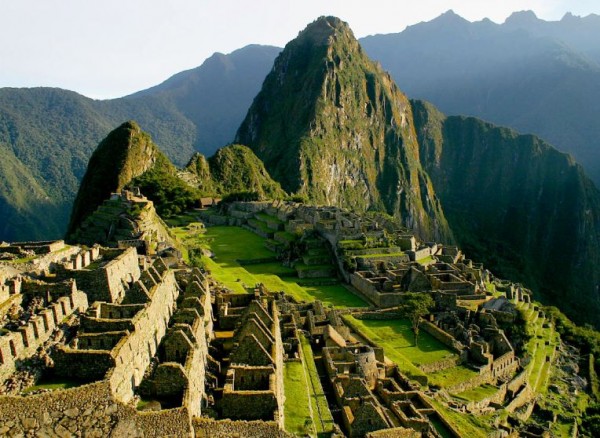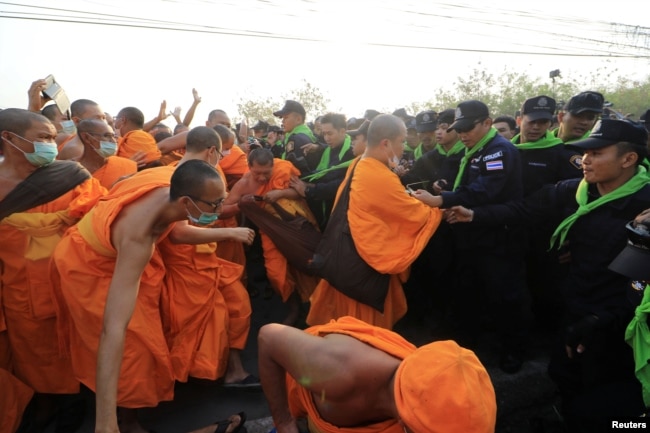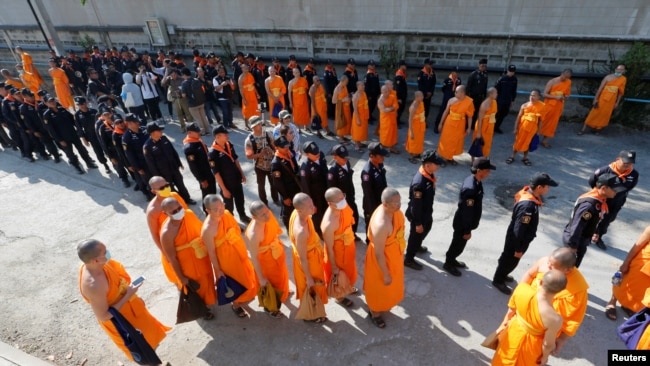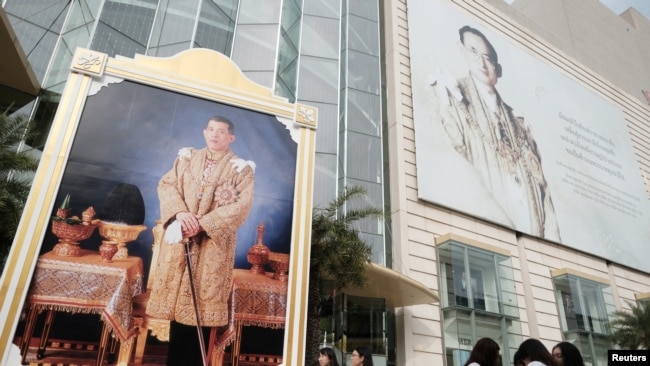Pictures of Iraq: Photojournalists bear witness to horror in ISIS-occupied Mosul

The lives of countless Iraqis were upended when ISIS seized Mosul in June 2014. As the Iraqi army fights to liberate this key northern city from the terrorist group, photojournalists are on the ground bearing witness to the waking nightmare.
Although Iraqi troops outnumber ISIS fighters, terrorism tactics — suicide bombers, booby traps, etc. — and the presence of civilians have slowed their progress through the city.
The life of a war correspondent is fraught with danger but essential to informing the rest of the world of the scene. Government propaganda and partisan passions often obscure the reality of what’s happening on the ground. As the famous saying goes, truth is the first casualty of war. It often falls upon war correspondents to sharpen our understanding of hazardous situations with objectivity and precision. The photojournalist’s camera lens can bring clarity amid the fog of war and humanize the incomprehensible.
But this reporting comes at a price. Beginning in 2014, ISIS started making videos of their beheadings — targeting soldiers, civilians and journalists — reminding viewers back home of the risks war correspondents face in places like Iraq and Syria.
The International Federation of Journalists reports that 93 journalists and media professionals were killed across 23 countries last year. That was a decline from 112 in 2015. An additional 29 journalists died in accidents and natural disasters, bringing the total number of deaths to 122. Iraq had the highest number of media killings at 15, and Syria had the sixth most with six.
The Committee to Protect Journalists reports that 179 journalists have been killed in Iraq since 1992. In Syria during the same period, 108 journalists were killed.
Yahoo News reached out to three Reuters photographers who have been assigned to cover the battle of Mosul since the Iraqi army launched an offensive to reclaim the city on Oct. 16, 2016. They were asked a variety of questions pertaining to their experiences in the war-torn city. The photographers discussed their careers leading to this assignment, what it’s like to work alongside Iraqi troops, their interactions with the displaced civilians and which photographs meant the most to them.

Zohra Bensemra
Zohra Bensemra, from Algiers, has been a photojournalist since 1990, when she started covering the revolution in her home country of Algeria for local newspapers. The revolution changed the nation’s government from a single-party to a multiparty system. She joined Reuters as a stringer in 1997 during the Algerian civil war and went on to cover the battles between the Albanians and the Serbs in Macedonia.
“My experience from Algeria led me to work in countries suffering from internal conflict, be it social, economic or humanitarian,” she said.
In 2003, shortly after the U.S.-led invasion, Bensemra was assigned to Iraq. She became a Reuters staff photographer the following year while covering the city of Najaf in central Iraq. She has returned to Iraq several times since and has also covered major conflicts in the Middle East, North Africa, Darfur, Sudan, and Afghanistan. She was based in Pakistan for three years.
She was assigned to Mosul in 2005 during Iraq’s first, landmark elections. At the time, Abu Musab al-Zarqawi — a terrorist who would soon after join al-Qaeda and pledge allegiance to Osama bin Laden — declared war on the elections and issued a warning to frighten Iraqi citizens from participating in the democratic process.
“So covering the battle to liberate Mosul from the Islamic State’s militants is like a continuation of my previous assignment in Iraq,” she explained.

Bensemra recalled particularly striking photographs she captured of a 90-year-old woman, Khatla Ali Abdallah, fleeing the city’s fighting. She was in the desert on the outskirts of western Mosul.
“The moment was so emotional that I had tears in my eyes when I photographed her. I felt bad because I could not do anything else for her apart from photographing her to show to the world the physical and mental state of the people who flee Mosul desperate to reach the Iraqi security forces area,” Bensemra said.
“When you face such a moment, you always think that it could happen to any one of us. But despite everything, she looked to me a beautiful woman. Her wrinkles, every line on her face, tell a story. I was happy to meet her again a few days after in the refugee camp.”
Bensemra, who uses a Canon 5D Mark II, said her role is to be a witness and convey the situation as experienced on the ground to the best of her abilities. She said she’s most interested in the humanitarian side of conflicts. She hopes her work helps people see “the human being is the same” regardless of one’s “nationality or religion.”
For safety, Bensemra wears body armor and a helmet. Reuters also provided training courses for living in a hostile environment and assessing the field for danger. She described the Iraqi troops she works alongside as friendly and eager to take selfies with foreign journalists or share their tea, water or food.
She also finds it relatively easy to form connections with the city’s displaced civilians.
“I speak Arabic and I am a woman, so it’s easy for me to get close immediately,” she said. “I tell them first what we use to say to people who newly came back from somewhere — ‘I praise God for your safety.’”
_____
Alaa Al-Marjani
Alaa Al-Marjani had been a photographer in Iraq for 25 years before he started working in journalism toward the end of 2003. He covered news and politics in most Iraqi provinces and wound up highlighting important stories like the battles in Jurf al-Sakhar (now known as Jurf Al-Nasr), Tikrit and Fallujah. He also covered the Syrian conflict.
He said he was well prepared to cover Mosul thanks to the support of the Reuters office in Baghdad and his manager, Ahmed Jadallah, in particular.

“The most significant picture I had during Mosul battle was of a displaced elderly man, evidently expressing his misery. The pale eyes of the man and his view for the future have been etched in my memory,” he said.
Al-Marjani said people were oppressed and hoping to escape their current situation.
“After I spent some time with several citizens, I found them very oppressed, and they were actually looking for a savior,” he said. “It is part of my work to show reality as it is without any distortion.”
Al-Marjani also credited the safety and hostile-environment training courses for helping him to perform his job well: “I always try to implement what I had been taught from these training.”
He was embedded with a variety of Iraqi forces, including the Counter Terrorism Forces (CTS), Rapid Response Forces, Federal Police Forces and the Iraqi army. Security advisers also closely guided him throughout the city and provided safety instructions.
“I dealt with the displaced people while I was covering their suffering and their happiness after making it to safe areas,” he said. “I tried to be friendly to the displaced by offering some kind words and a smile, especially when I met them very exhausted after fleeing.”












